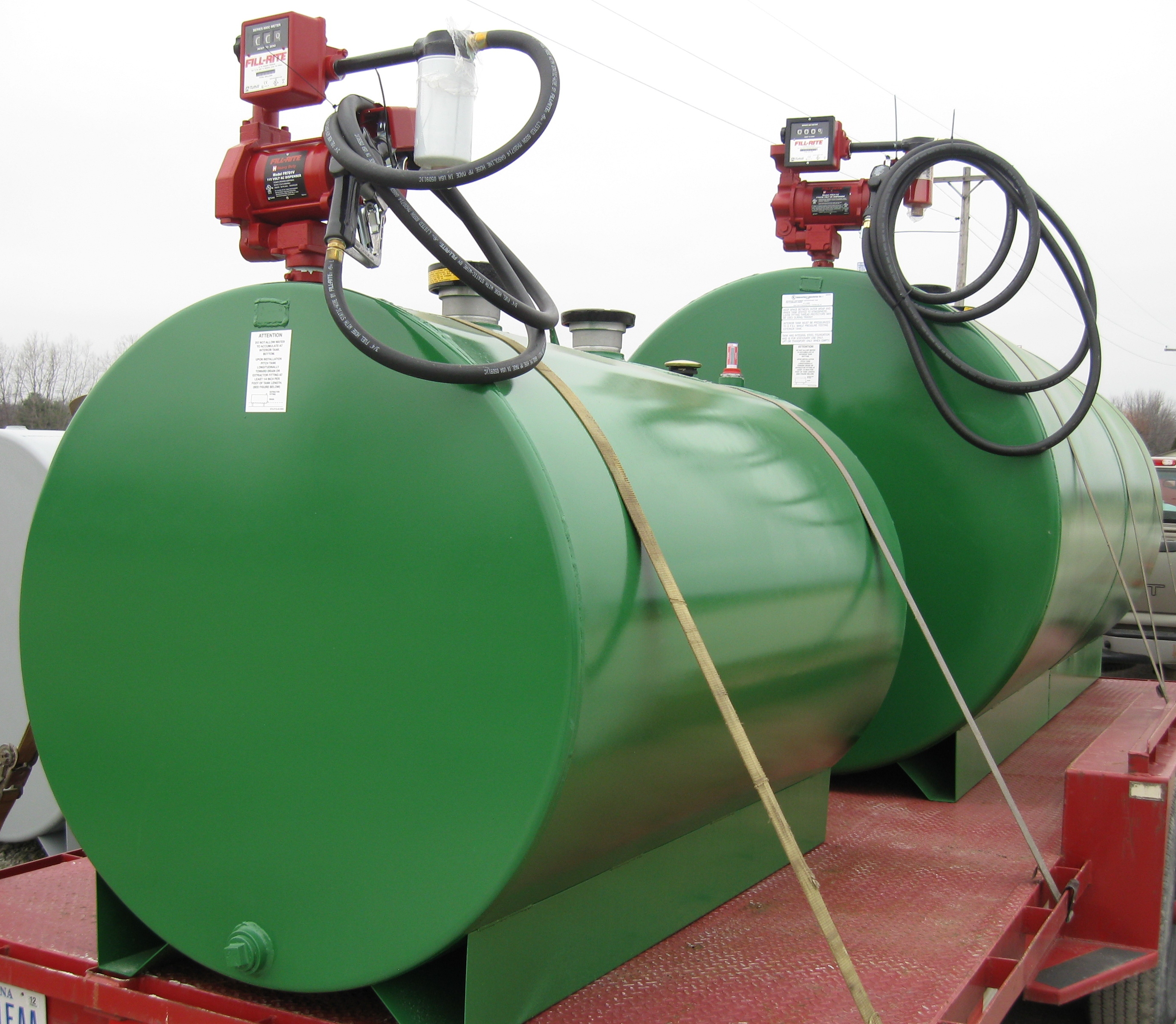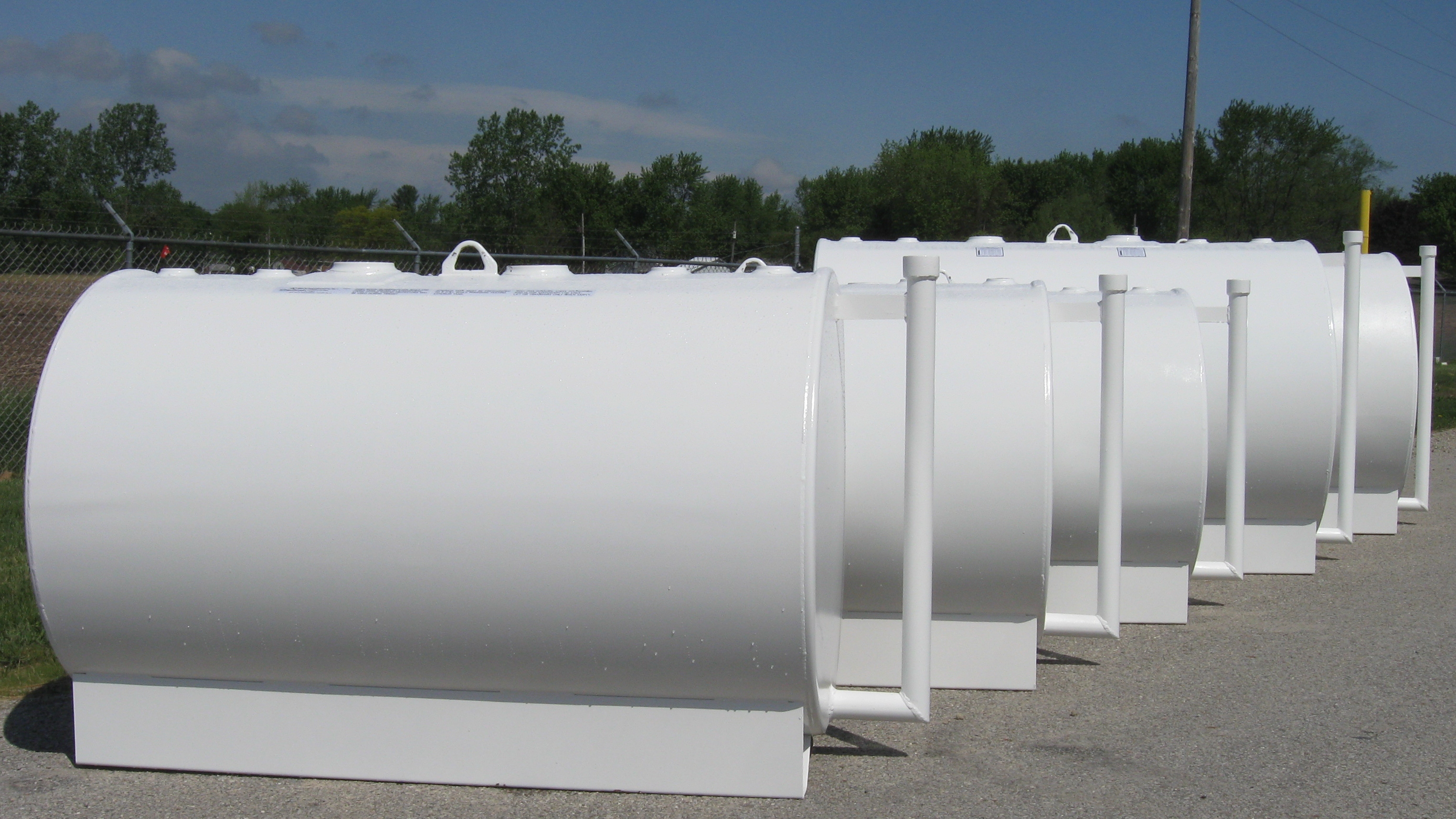STAFCO knows that rising fuel prices dramatically impact the economy and your bottom line. We can help with fuel storage tanks that will save you money in the months and years ahead by allowing you to take advantage of bulk fuel pricing. Our fuel storage tanks come in a variety of capacities and configurations for both above and underground fuel storage.
Some of the products and industries that use STAFCO’s fuel storage tanks include:
- Storage for all grades of gasoline
- Diesel fuel storage for equipment and fleets
- Racing fuel storage
- Bulk kerosene storage
- Commercial & military aviation fuel storage
STAFCO tanks can also be used for asphalt, waxes, ink, chemicals, as well as petroleum based oils and lubricants. The expanding ethanol (E85) and biodiesel markets have led to alternative fuels fast becoming a major player in the demand for new fuel storage tanks.
Vital to environmental protection, safe fuel storage helps to reduce and control business insurance premiums by protecting your investment you have in your stored fuel products. As today’s fuel prices rise and environmental regulations expand, you need assurance that your fuel storage tank is safe and sufficient to meet EPA and other requirements.
STAFCO’s fuel storage tanks are available in a wide range of designs to suit your particular space or application. If you are in need of a storage tank for gasoline or diesel, contact us and let us come up with a storage solution for you.


